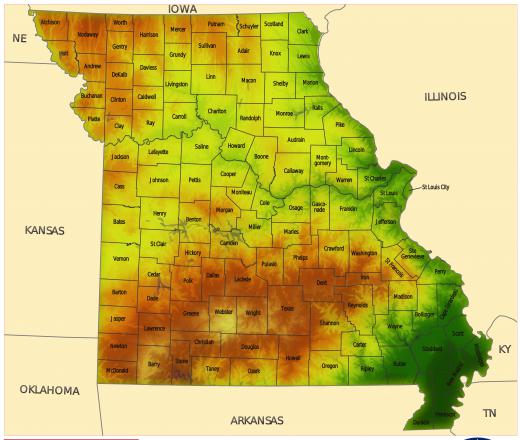What is Bioprinting?
 Michael Anissimov
Michael Anissimov
Bioprinting is a new area of research and engineering that involves printing devices that deposit biological material. The long-term goal is that the technology could be used to create replacement organs or even entire organisms from raw biological materials.
Today, bioprinters are in the development stage and primarily are used as scientific tools. They lack the speed and fine-tuning necessary for commercial deployment, though that day might not be far off. The first bioprinters deposited drops as small as 100 picoliters (by comparison, the volume of a cell is around 3 picoliters and the best inkjet printers can deposit drops 1-5 picoliters in volume) at a rate of tens of thousands per second. More recent bioprinters can extrude individual cells from a micropipette at a lower speed.

A bioprinter developed by Gabor Forgacs, a biophysicist at the University of Missouri in Columbia, used combinations of "bioink" and "biopaper" to print complex 3D structures, albeit not at cellular resolution. Operating at 10,000 dots per second (10 kHz), a 100 picoliter printer can produce 60 microliters of tissue each minute, or 86 milliliters per day, a quantity of tissue that could almost fill a typical test tube. The downside of the 100 picoliter printer is its low resolution - most organic tissue we're familiar with requires precise cell-level organization in order to operate properly.
When Forgacs used the micropipette approach with single-celled resolution, they were able to create functional, living tissue that behaved like the organ it came from. For example, when they used the bioprinter to deposit chicken heart cells onto a dish, they started to beat synchronously. Given a high-detailed map of the cellular networks in a human heart, there are no fundamental barriers between going from this rudimentary bioprinter to one that prints out full human organs within a decade or two.
Bioprinters can be found throughout science fiction. For example, in The Fifth Element, one of the main characters gets her body created by a bioprinter in the opening scene of the movie. Some have even lauded bioprinting as a possible path to immortality, but this is doubtful in the near term because of the difficulty of avoiding disturbing surface cells when replacing aging interior cells.
AS FEATURED ON:
AS FEATURED ON:











Discussion Comments
Could a human eye be developed so that it could be placed in an eye socket?
Post your comments